Areumdaun Cha Bangmulgwan (Beautiful Tea Museum) (아름다운차박물관)
7.0Km 2019-08-02
19-11, Insadong-gil, Jongno-gu, Seoul
+82-2-735-6678
In addition to gourmet restaurants, traditional tea houses are a popular destination in Insa-dong. Among them, we recommend Areumdaun Cha Bangmulgwan, where you can taste more than 100 types of tea, including Korean, Chinese, Japanese, and Taiwanese. The shop also serves as a museum and gallery. Enjoy a leisurely cup of tea as you appreciate the art that is on display.
Yurimmyeon (유림면)
7.0Km 2021-03-29
139-1, Seosomun-ro, Jung-gu, Seoul
+82-2-755-0659
This store, which has a long history of over 50 years, makes noodles using only Bongpyeong buckwheat. The best menu at this restaurant is buckwheat noodles. This Korean dishes restaurant is located in Jung-gu, Seoul.
Seoul Christmas Festival (서울 크리스마스 페스티벌)
7.0Km 2021-11-30
41, Cheonggyecheon-ro, Jongno-gu, Seoul
• 1330 Travel Hotline: +82-2-1330 (Korean, English, Japanese, Chinese) • For more info: +82-2-904-1159
Seoul Christmas Festival takes place at Cheonggye Plaza, the start of Cheonggyecheon Stream. Visitors can enjoy fancy illuminations, a Christmas tree and photo zones. Various events and programs are also prepared for a heartwarming end-of-the-year experience for everybody.
Youngpoong Bookstore - Jongno Branch (영풍문고-종로점)
7.0Km 2020-02-21
41, Cheonggyecheon-ro, Jongno-gu, Seoul
+82-1522-2776
Along with books, Youngpoong Bookstore sells gifts, small electronics, stationery and much more. It also hosts various recitals, book signings, and literary programs. The Jongno branch of Youngpoong is the nation’s largest bookstore, boasting a total area of over 10,600 meters square.
The basement level of the store houses over 350,000 Korean and international books and there is also a customer service center and electronic search program where shoppers can find information on books.
On the B2 floor is the “Stylish Gift Mall,” which houses various stationery items, gifts, accessories, and brand shops like Apple, Microsoft, and Samsung Digital.There is also a CD section, healthcare section, diaries, home-décor items, luxury fountain pens, Hello Kitty section, café, eateries, and much more.
Seoul Daehan Hospital (서울 대한의원)
7.0Km 2021-12-23
101, Daehak-ro, Jongno-gu, Seoul
+82-2-2148-1842
Daehanuiwon (Daehan Medical Center) is an antique two-story brick building within the grounds of Seoul National University Hospital. It was established under the direct administration of the Uijeongbu (State Council), combining the Gwangjewon (under the Home Ministry), Gyeongseong Medical School and the Korean Red Cross Hospital (under the Royal Household).
Built in the Madubong Hill area, this location where Hamchunwon, the outer garden of Changgyeonggung Palace, once stood in 1484 (15th year of King Seongjong), was also once the site of Gyeongmogung Palace, where King Jeongjo enshrined the mortuary tablet of his birth father Crown Prince Sado Seja in 1776 (the year King Jeongjo ascended to the throne).
These places that held importance for the royal family were destroyed as the Japanese built Gyeongseong Empire University in its place. In 1907, with the announcement of the plan to establish Daehan Medical Center, construction began on the main building, seven wards and affiliated buildings. Construction was completed in November 1908.
The Daehan Medical Center opened in Gwangjewon, but upon Japanese colonization in 1910, its name was changed to the Japanese Viceroyalty Hospital. In 1926, it was included as a part of Gyeongseongjeguk University to become a university hospital. Since the liberation of Korea in 1945, it has been a hospital affiliated with Seoul National University.
Bugeogukjip (북어국집)
7.0Km 2024-12-27
38, Eulji-ro 1-gil, Jung-gu, Seoul
+82-2-777-3891
Bugeogukjip (formerly “Teojutgol”) is a restaurant behind City Hall in Seoul that has been serving up authentic dried Pollack soup since 1968. Despite a name change, the restaurant has proudly stood in this same location for decades, earning a strong reputation for its dried Pollack soup made using traditional cooking methods.
Since the restaurant only serves one thing—dried Pollack soup—there are few preparations to be made and the meal arrives on your table in minutes. Customers are free to serve themselves basic side dishes such as kimchi and can have as many servings of rice as they’d like, allowing diners to enjoy a hearty meal at a low price. While the restaurant’s design and menu may be simple, Bugeogukjip takes pride in its long history and the careful efforts that have earned it a reputation as one of the most notable restaurants in Seoul.
Youngpoong Bookstore - Jongno Branch [Tax Refund Shop] (영풍문고 종로점)
7.0Km 2024-04-18
41, Cheonggyecheon-ro, Jongno-gu, Seoul
-
Beautiful Tea Museum (아름다운 차박물관)
7.0Km 2022-07-26
19-11, Insadong-gil, Jongno-gu, Seoul
+82-2-735-6678
Located in Insa-dong, The Beautiful Tea Museum aims to promote Korean tea culture. It preserves and exhibits tea related utensils and items, featuring those from the ancient Gaya and Joseon period as well as items from abroad such as China and Tibet. The museum also displays original tea pots and other ceramics made by young artists and ceramists. Inside the museum is a tea house named "Tea Story," serving a wide variety of teas. Visitors can also purchase tea leaves from all over the world at the Tea Shop.
Kimchigol Well-being Bapsang(김치골웰빙밥상)
7.0Km 2024-10-14
22-5 Insadong-gil, Jongro-gu, Seoul
+82-2-720-6436
A restaurant where you can try kimchi, a Korean traditional dish, and meat. The representative menu is kimchi cabbage wraps with pork. This is a Korean cuisine located in Insa-dong, Seoul.
LA SIESTA (라시에스타)
7.0Km 2021-03-29
4, Hyoryeong-ro 2-gil, Seocho-gu, Seoul
+82-2-587-9087
A place where you can enjoy various Western dishes. This restaurant's signature menu is pasta. This Western dishes restaurant is located in Seocho-gu, Seoul.
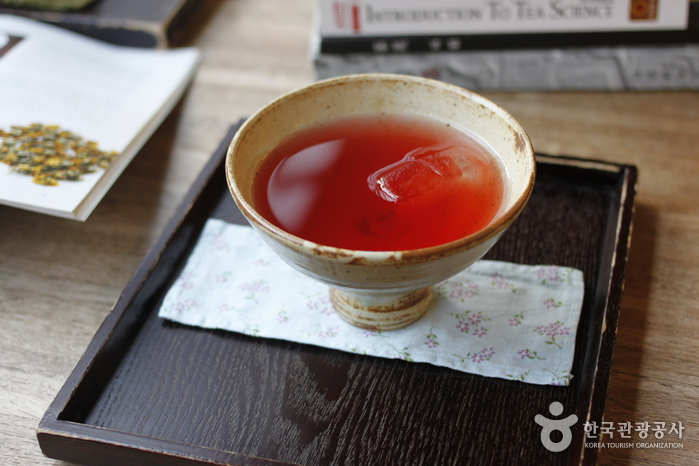
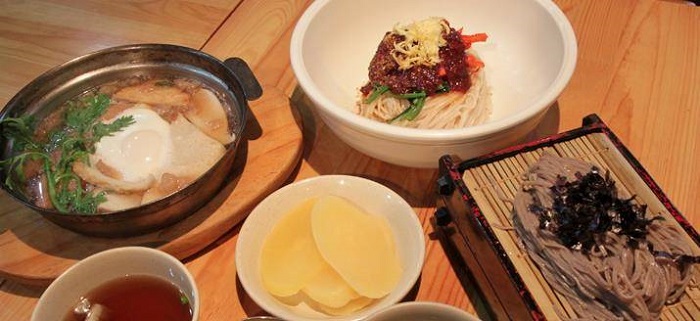
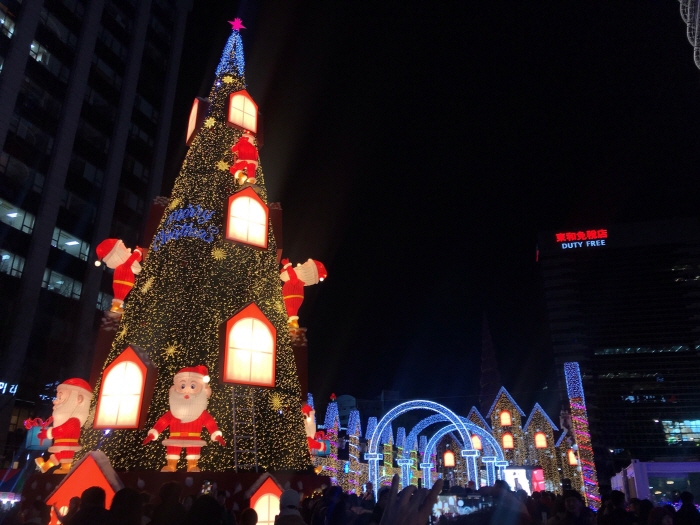
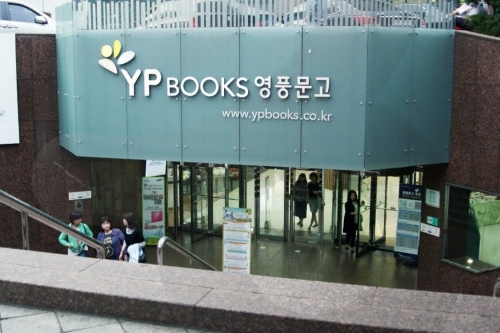
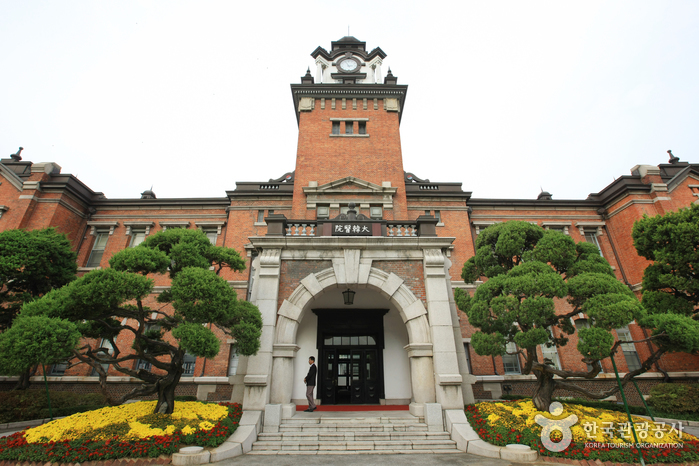
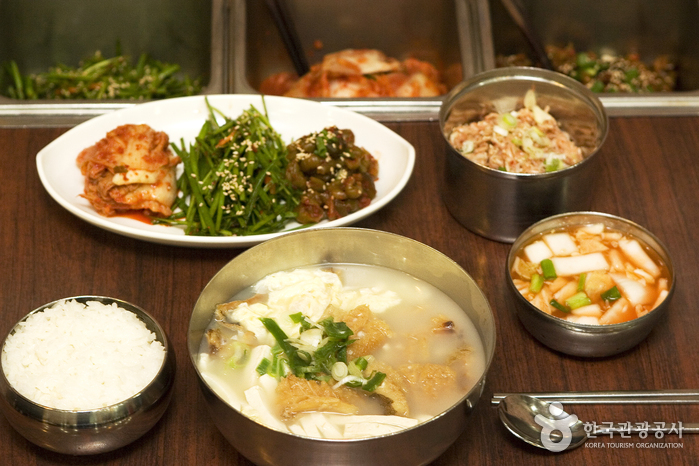

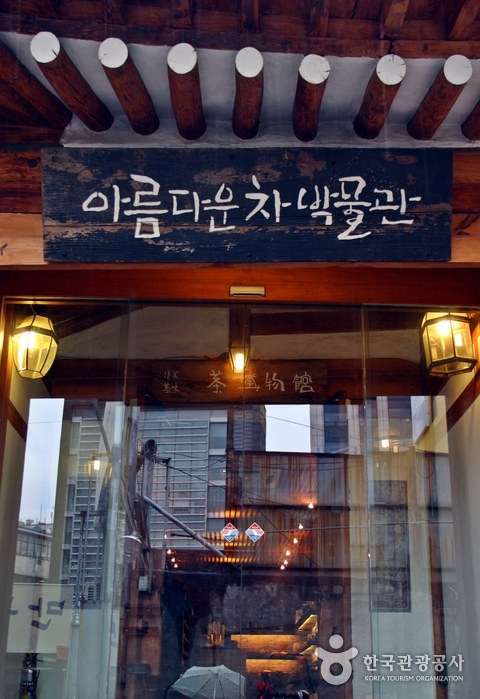
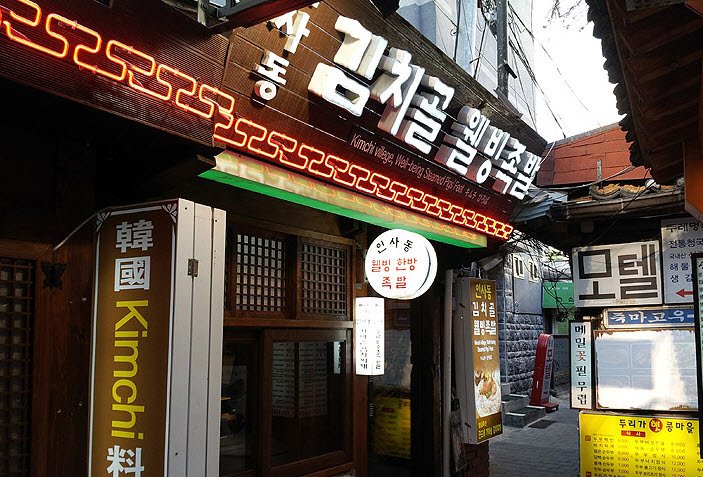
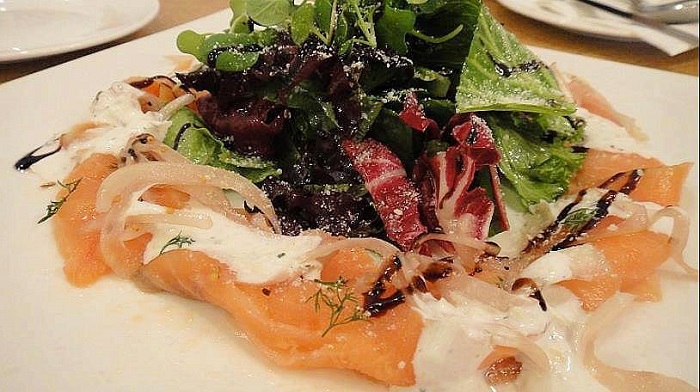
 English
English
 한국어
한국어 日本語
日本語 中文(简体)
中文(简体) Deutsch
Deutsch Français
Français Español
Español Русский
Русский